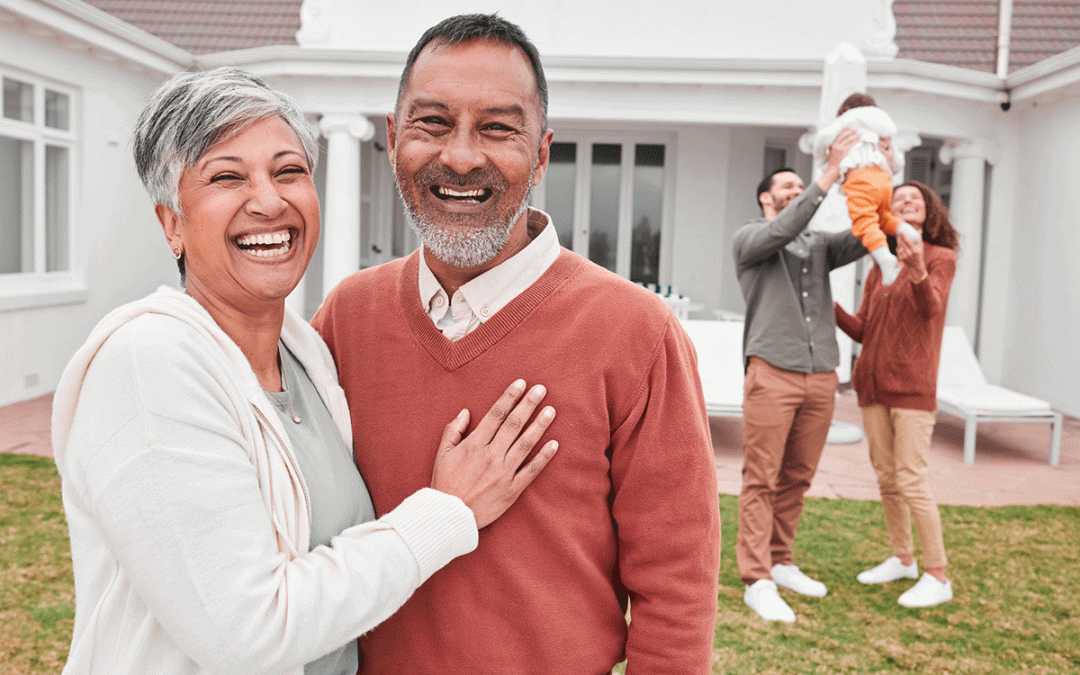
Using KiwiSaver to buy your first home
If you’ve been dreaming of owning your own home, now could be the moment to take that first step. Interest rates have been dropping, bringing a sense of affordability back to the mortgage market. Housing stock is healthy, giving buyers more options and time to make considered choices.
For New Zealanders looking to settle into a place of their own, there’s renewed optimism. And one of the most helpful tools you may already have, is your KiwiSaver.
How to use KiwiSaver towards purchasing your first home
If you’ve been contributing to your KiwiSaver for at least three years, you may be eligible to withdraw most of your savings to go toward your purchase.
Here’s what you need to know:
- Eligibility: You must have been a member of a KiwiSaver scheme for at least three years and be buying a home you intend to live in, purchasing land you intend to build on, or purchasing a home to build on, or move onto, Māori land
- How much you can withdraw: You can take out everything except $1,000. That includes your contributions, your employer’s contributions, government contributions, and investment earnings.
- Important rules:
- The property must be your primary residence; it cannot be an investment or rental property.
- The funds are paid to your solicitor on or before settlement, not directly to you. If the purchase does not occur, the funds must be returned to your KiwiSaver account.
Getting started
Using your KiwiSaver to buy a home takes planning, but it’s a manageable process. Here’s a step-by-step guide to help you get started:
1. Check your eligibility
Confirm you’ve been in KiwiSaver for at least three years and are purchasing your first home (or qualify under the previous homeowner pathway). If you’re unsure, get in touch with Kāinga Ora or your KiwiSaver provider.
2. Look at your balance and budget
Check how much is in your KiwiSaver account and consider how much you’ll need for your deposit. Most lenders prefer a 20% deposit, but you may be eligible for a low-deposit mortgage (such as a First Home Loan) with just 5%.
If you’re planning on buying a house with a partner, you might be eligible to both apply for a first home withdrawal.
3. Contact your KiwiSaver provider early
Let your provider know you’re planning a first-home withdrawal. They’ll give you a form to complete and a list of required documents. These typically include:
- A copy of the signed sale and purchase agreement
- A statutory declaration confirming you meet the criteria
- ID and proof of address
- (If applicable) a letter from Kāinga Ora confirming second-chance eligibility
4. Work closely with your lawyer
Let your lawyer know early in the process that you’re using KiwiSaver. They’ll handle receiving the funds and applying them correctly on settlement day.
TIP: Ask your KiwiSaver provider how long processing takes. It’s usually around 10 working days, but can be longer.
Lending on Māori Land
For many Māori whānau, the dream of homeownership includes building on whenua tuku iho – ancestral Māori land. But mainstream lenders are often unable to support home loans on this land due to legal complexities around ownership structures.
At Anglican Financial Care, we recognise the importance of connection to whenua and whakapapa. That’s why we offer a unique home loan service designed specifically for those wanting to build, buy, or relocate a home on Māori freehold land.
How does it work?
Instead of using the land as collateral, we secure the loan using the house itself, registered through the Personal Property Securities Register. This approach respects the communal ownership of Māori land while making financing more accessible.
Who is it for?
This service is available to those connected to our Christian community, for example, members of the Christian KiwiSaver Scheme or employees of Anglican organisations. Applicants must have the legal right to build or live on the land, usually through a license to occupy.
This offering is grounded in our values of stewardship, care, and equity. By supporting housing on Māori land, we’re respecting cultural heritage and the ability for whānau to live in a way that honours connections to each other and to the land.
Take the first step with confidence
Buying your first home is a significant milestone. Start by exploring your KiwiSaver balance and checking your eligibility. Explore the options available to you, talk to your provider, your lawyer, and your support network.
If you have questions about how Christian KiwiSaver Scheme or our Māori land lending service might support your journey, we’re here to help.
Christian KiwiSaver Scheme is managed and issued by The New Zealand Anglican Church Pension Board (trading as Anglican Financial Care). The Product Disclosure Statement can be found here Documents | Christian KiwiSaver Scheme.











